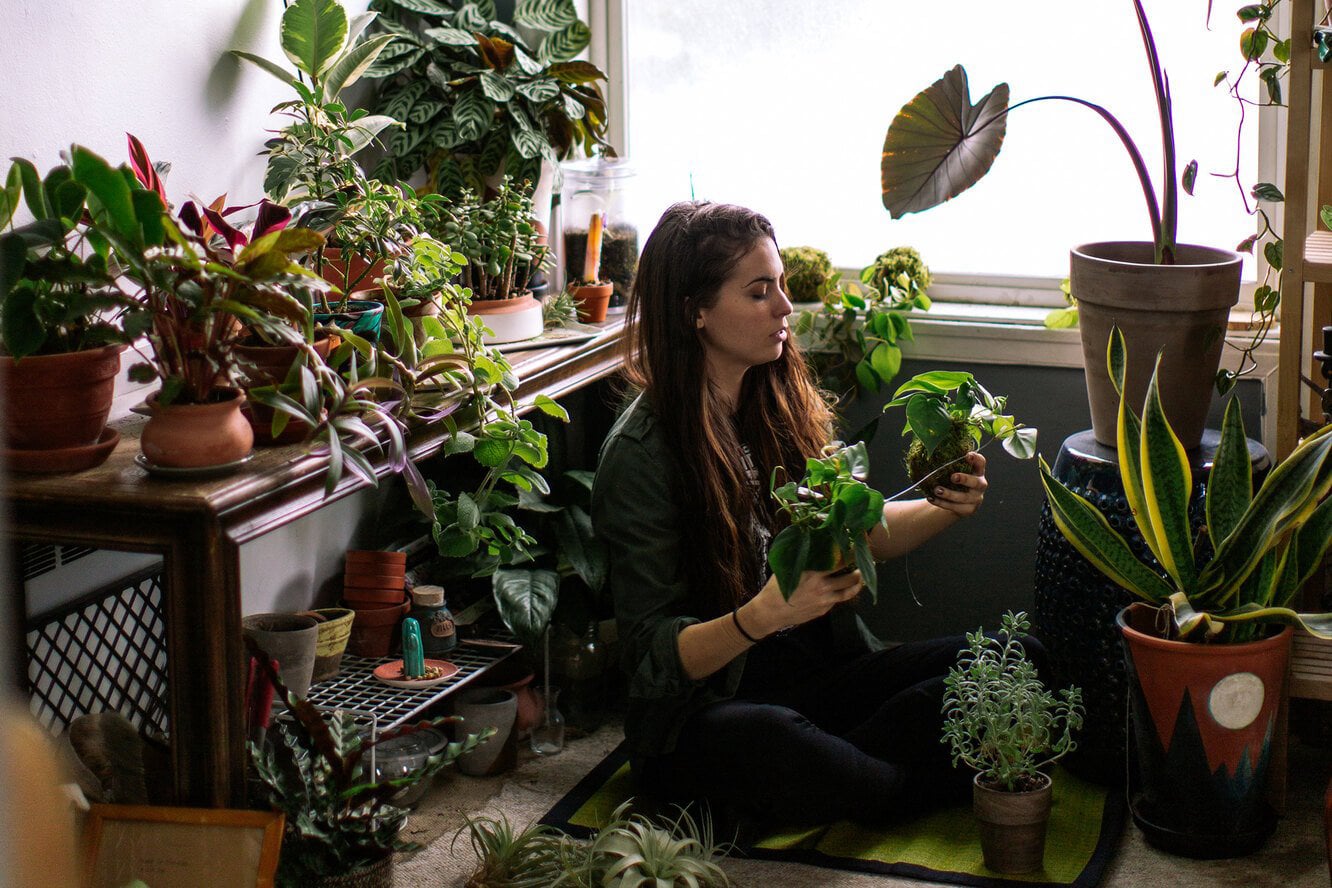Creating a Pollinator-Friendly Flower Garden
A garden buzzing with bees, fluttering with butterflies, and humming with hummingbirds is not only a delight to the senses but also a vital contribution to the ecosystem. Pollinators play a crucial role in the reproduction of many plants, including fruits, vegetables, and flowers. By designing a garden that attracts these helpful creatures, you can enjoy a vibrant and productive outdoor space while supporting local wildlife.
The foundation of a pollinator-friendly garden is a diverse selection of flowers that bloom at different times throughout the growing season. Early spring bloomers like crocuses and daffodils provide essential food for pollinators emerging from winter hibernation. As the season progresses, include flowers like lavender, coneflowers, and sunflowers, which offer nectar and pollen well into the fall. This variety ensures that pollinators have a steady food source from early spring to late autumn.
When planning your garden, opt for flowers with open, single blooms, as these are easier for pollinators to access than double or densely petaled varieties. Native plants are particularly beneficial, as they have evolved alongside local pollinators and are well-suited to the climate. Grouping flowers of the same species together can also make it easier for pollinators to find and feed on them, as they are naturally drawn to clusters of color and scent.
In addition to flowers, provide other essential elements that pollinators need to thrive. A shallow water source, such as a birdbath with pebbles for perching, can offer a place for bees and butterflies to drink. Leave some areas of bare soil for ground-nesting bees, and consider adding a small pile of branches or a bee house to provide shelter. Avoid using pesticides, as these can harm pollinators and disrupt the delicate balance of your garden ecosystem.
Color plays a significant role in attracting pollinators. Bees are particularly drawn to blue, purple, and yellow flowers, while hummingbirds are attracted to bright reds and oranges. Butterflies, on the other hand, are often drawn to a wide range of colors, especially those with flat surfaces that provide a landing pad. By incorporating a variety of colors and shapes, you can create a garden that appeals to a broad spectrum of pollinators.
A pollinator-friendly garden is not only beneficial for the environment but also a source of endless fascination and beauty. Watching bees dart from flower to flower or butterflies gracefully sip nectar can be a deeply rewarding experience. With thoughtful planning and a commitment to supporting these essential creatures, your garden will become a thriving haven for pollinators and a joy for you to behold.
